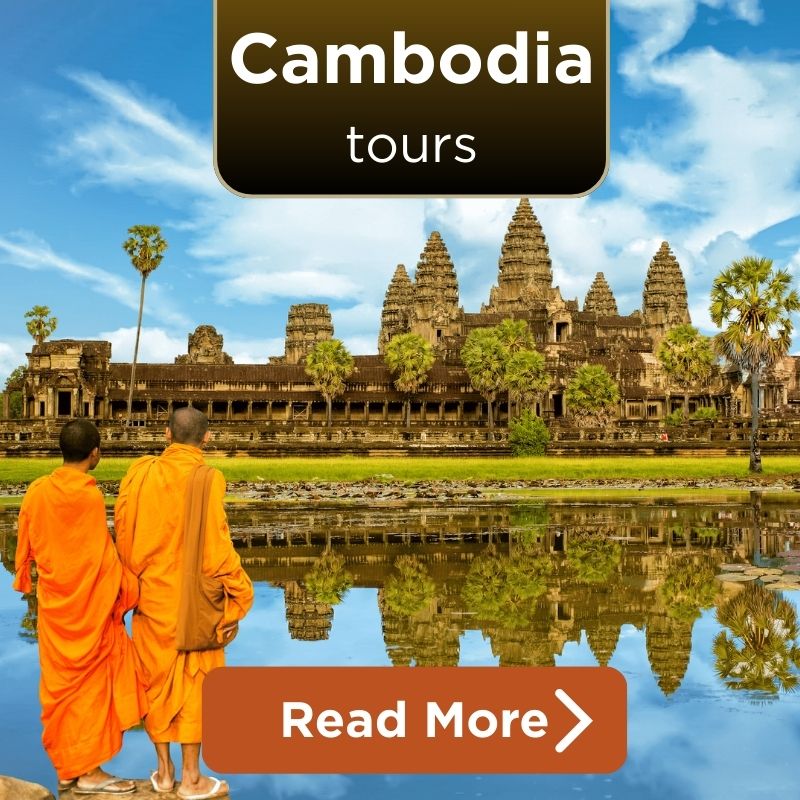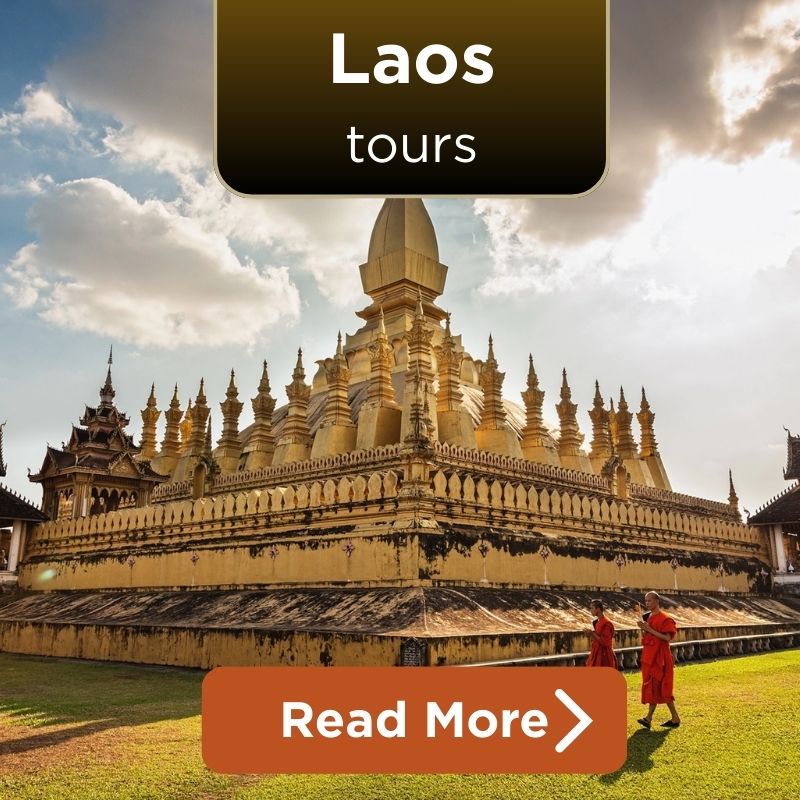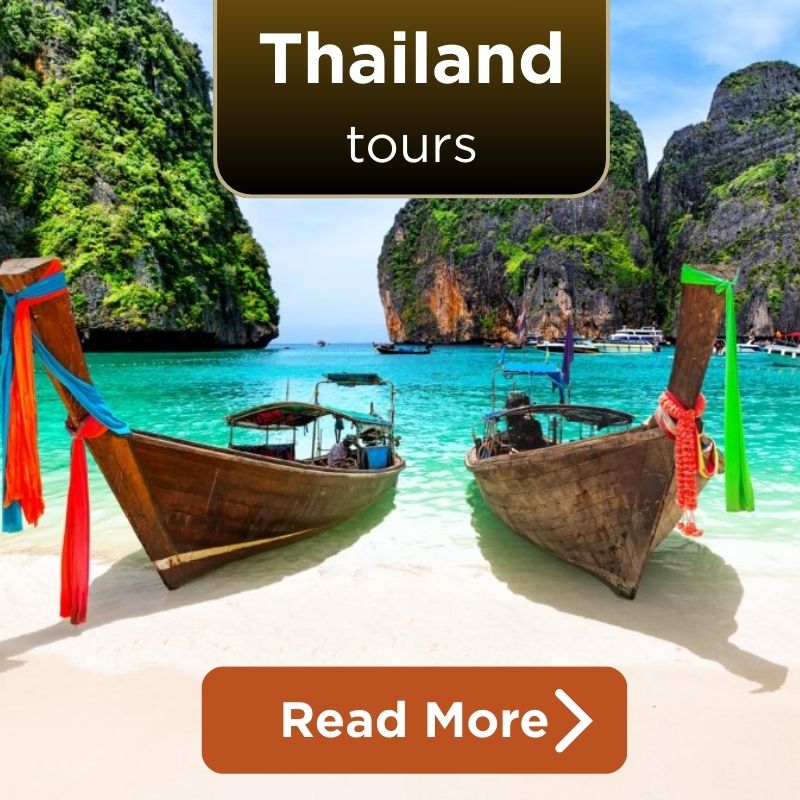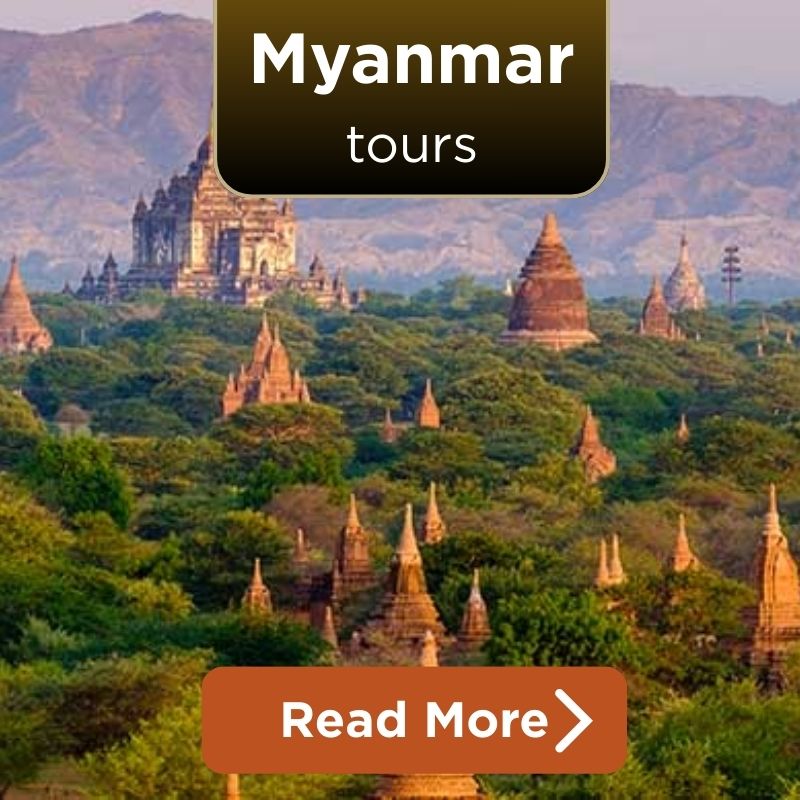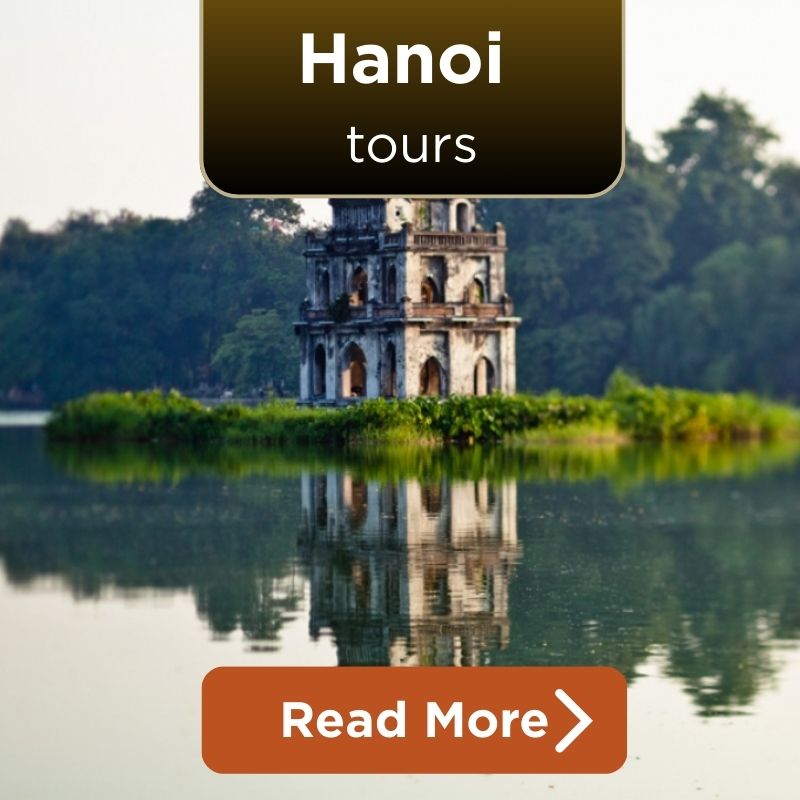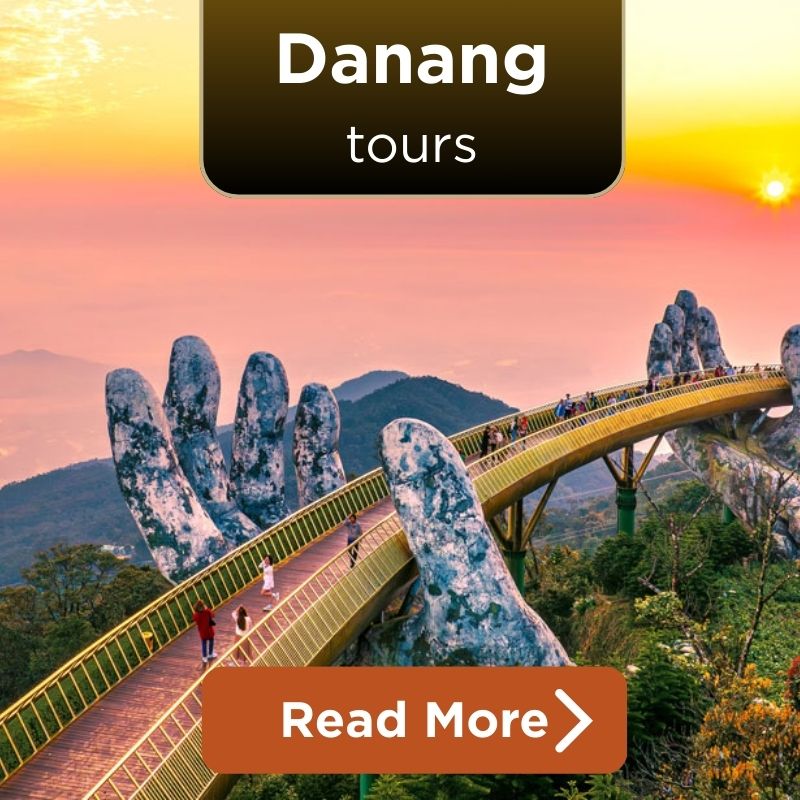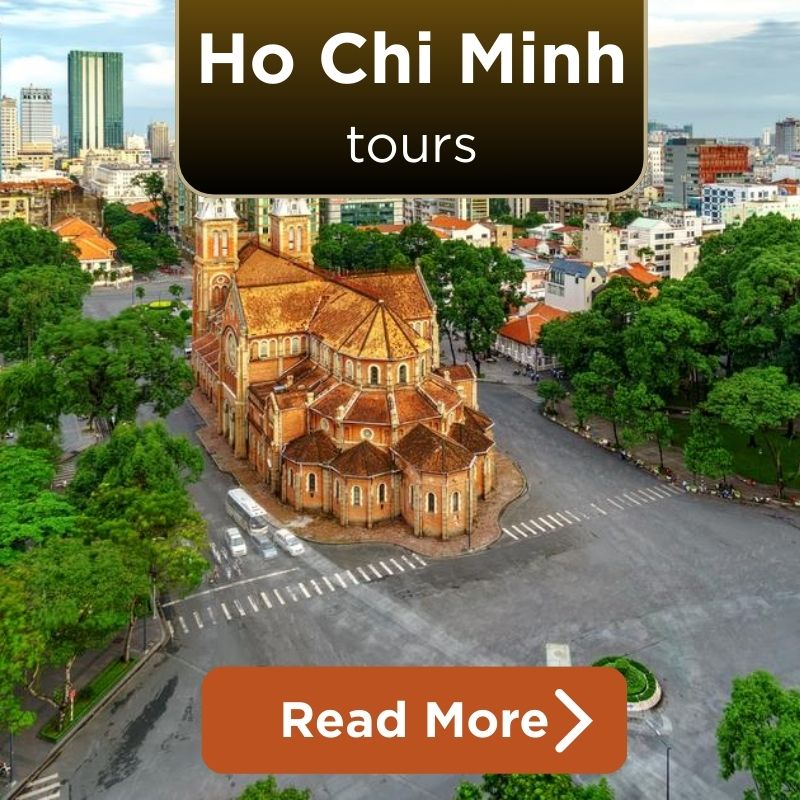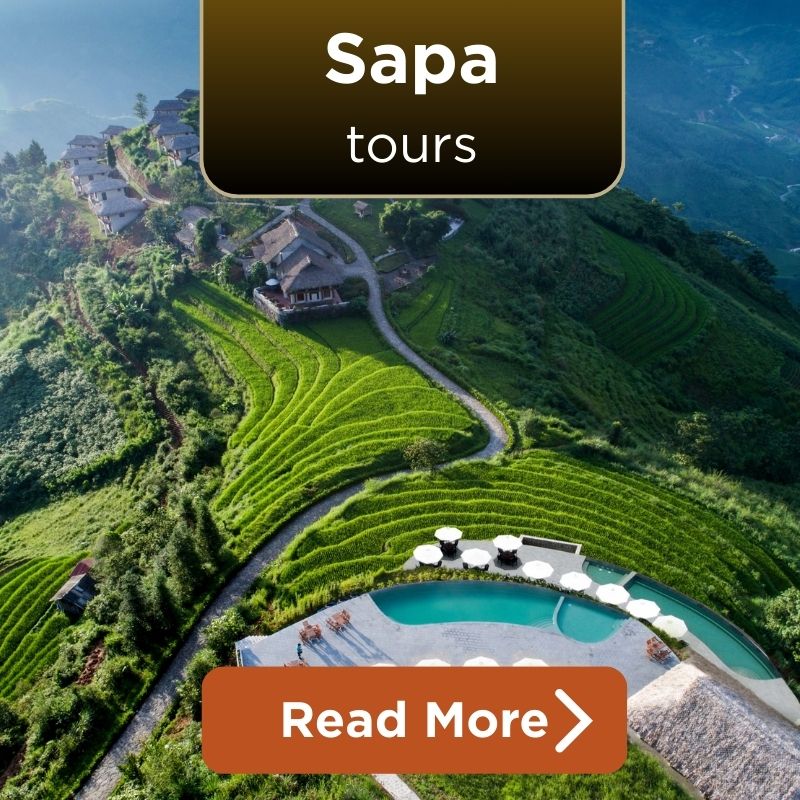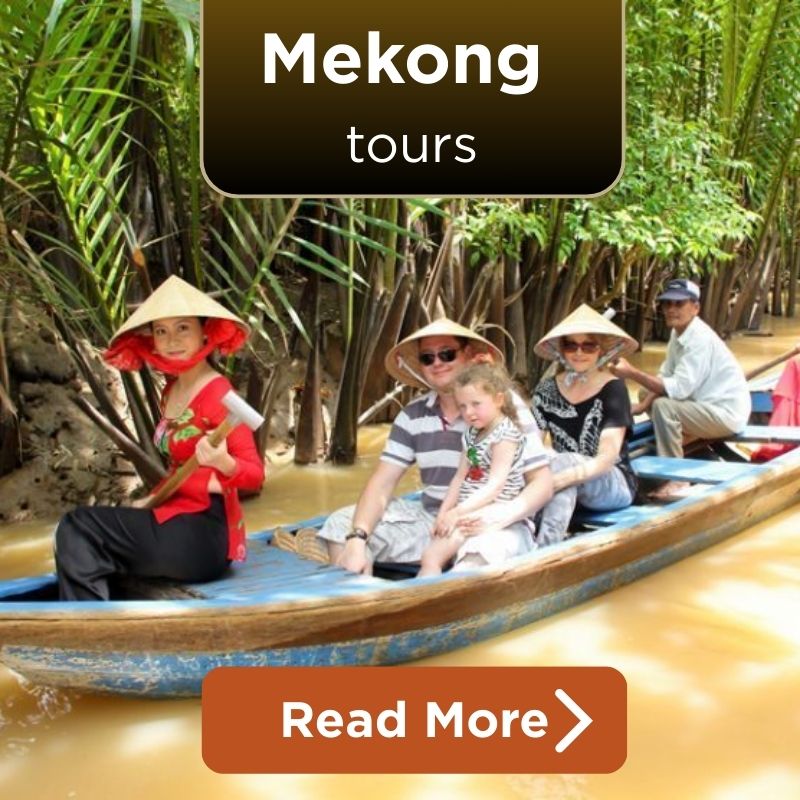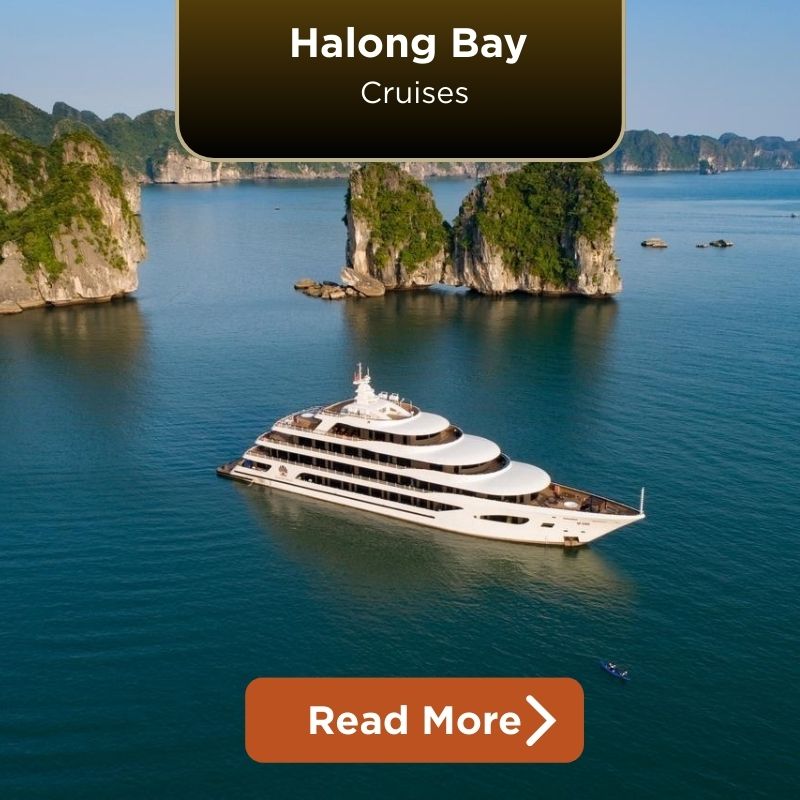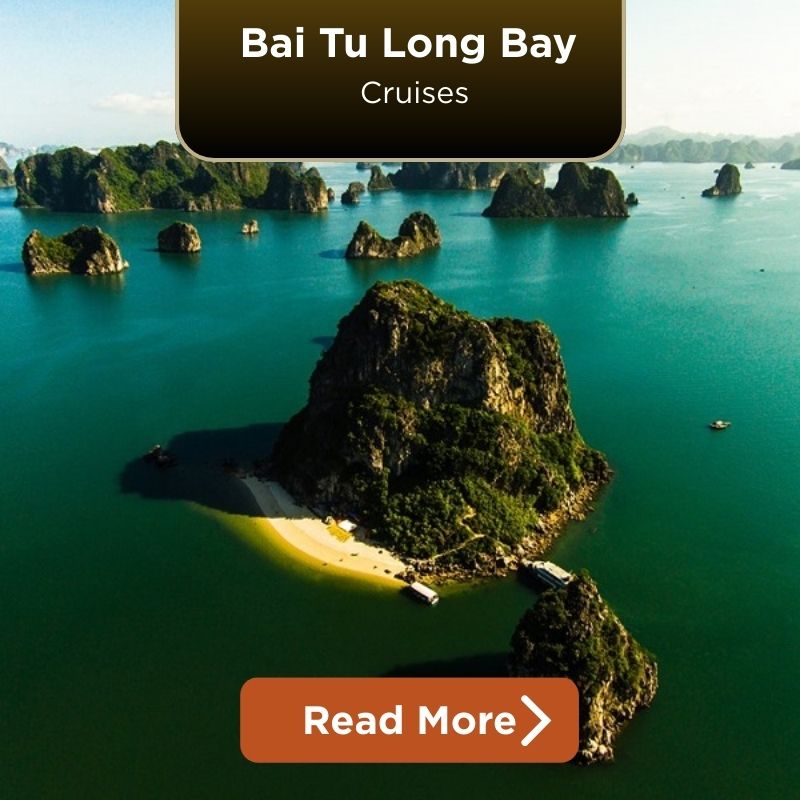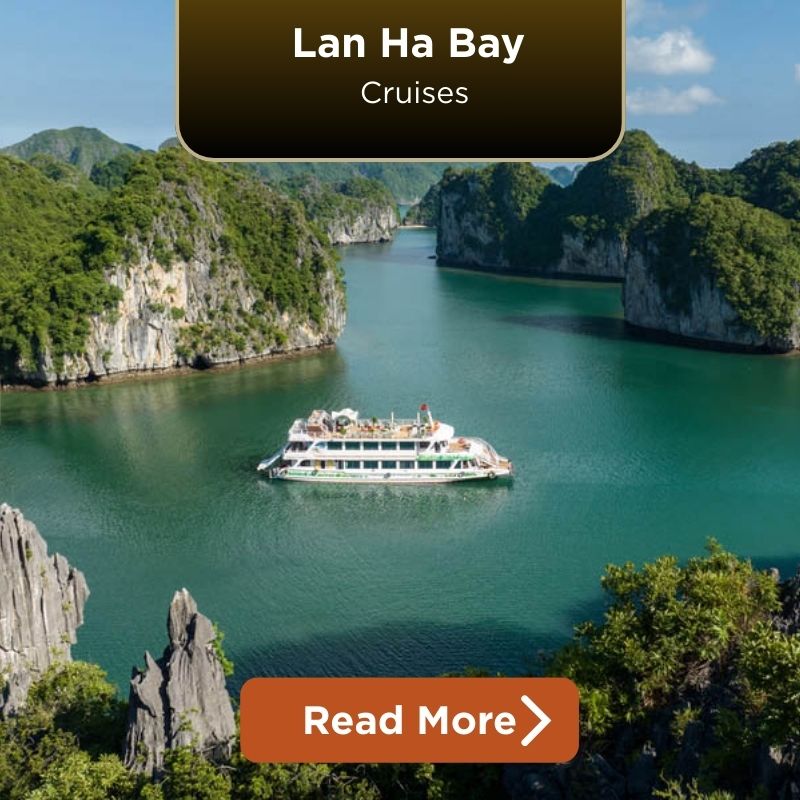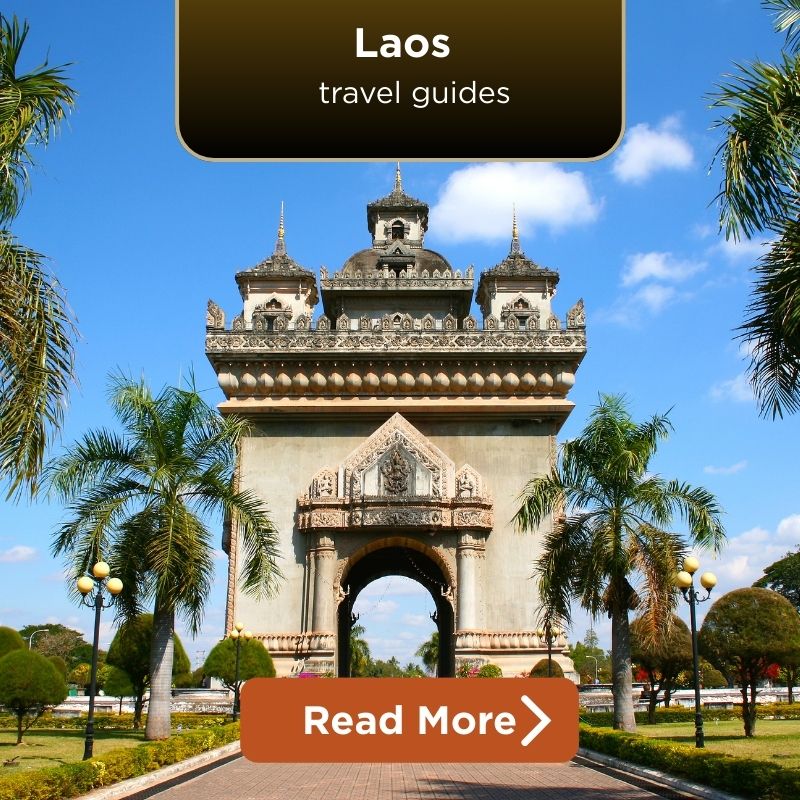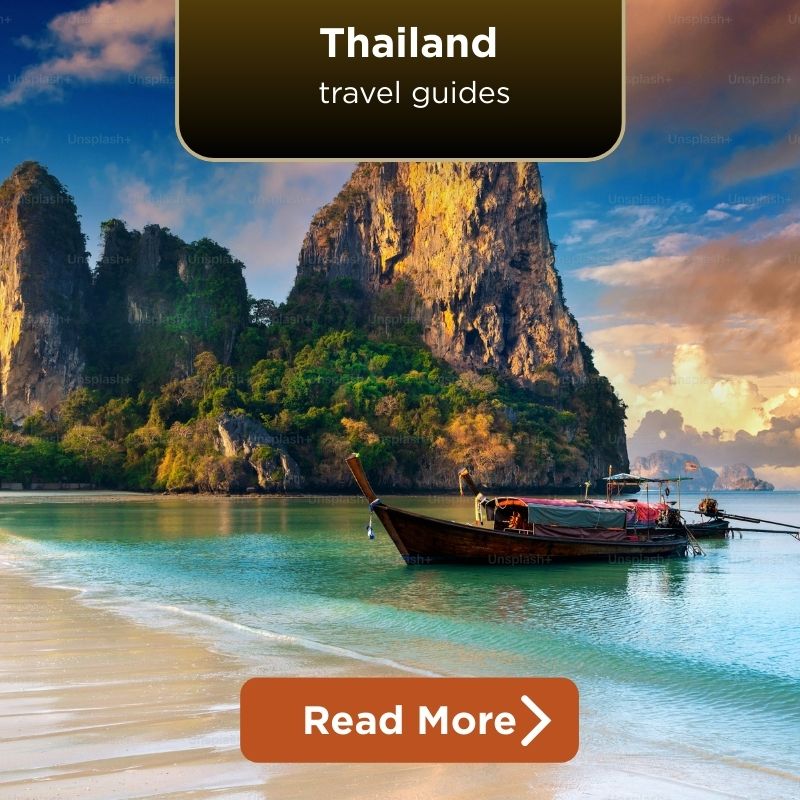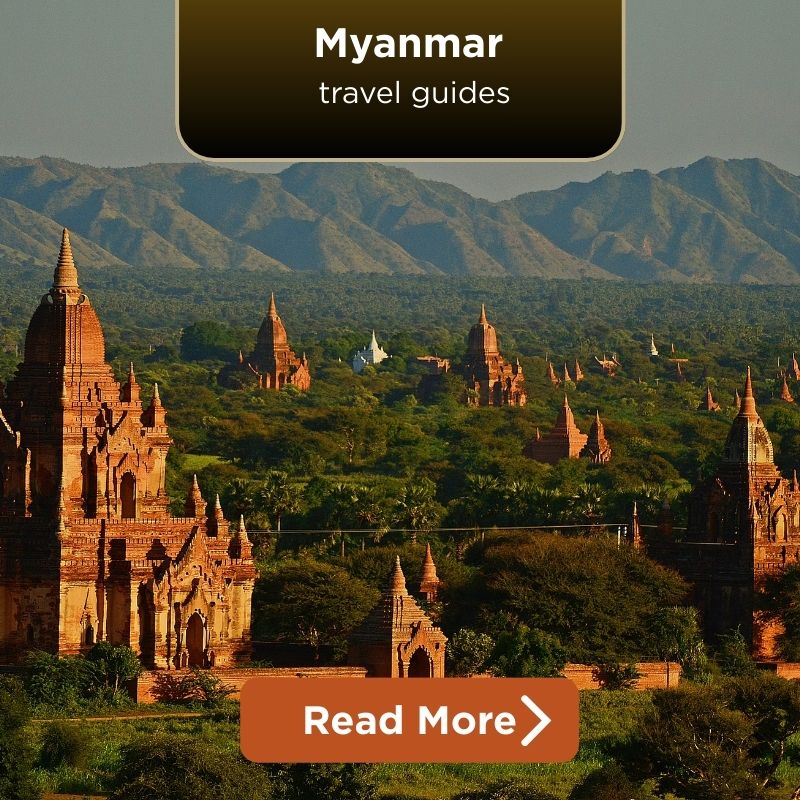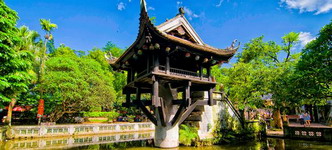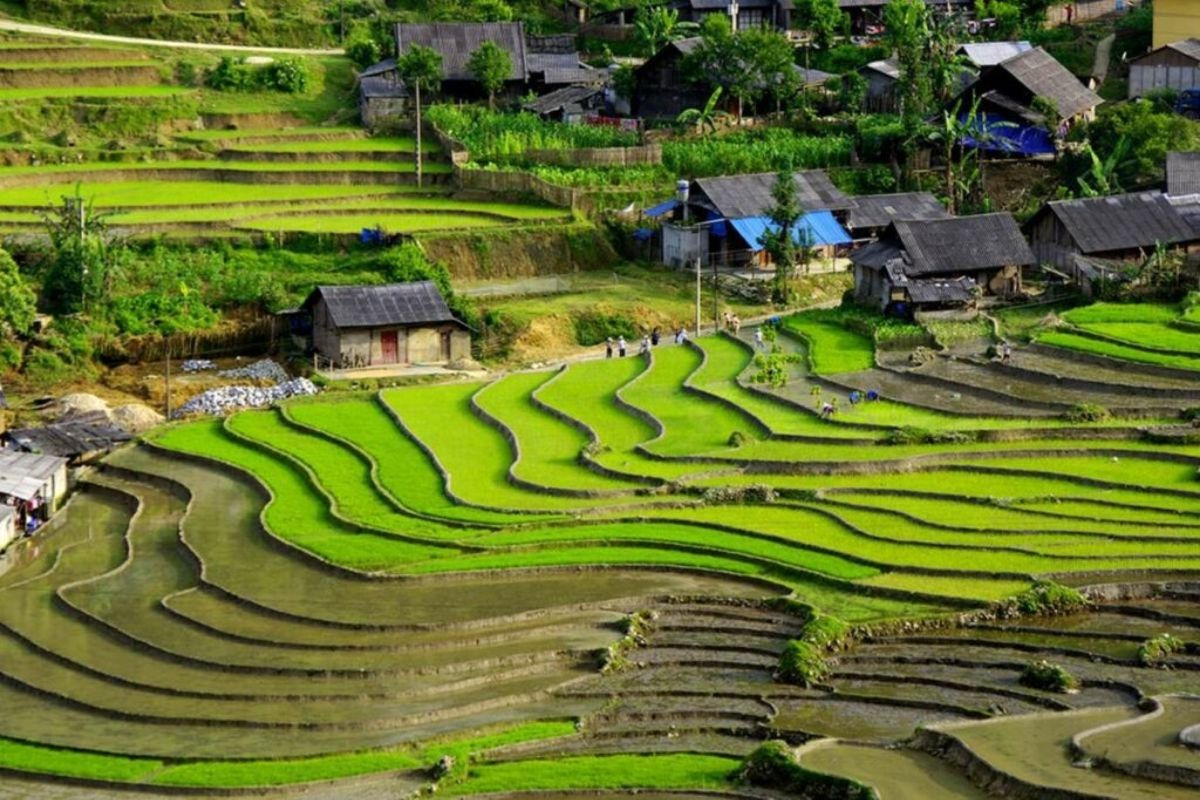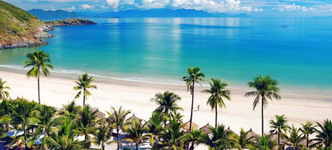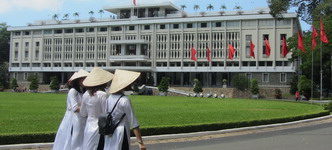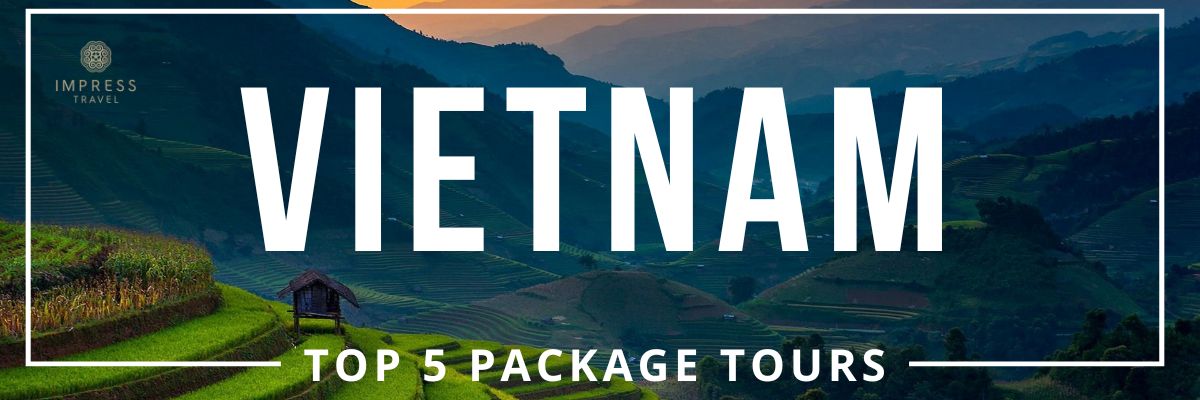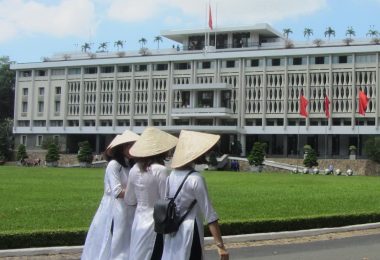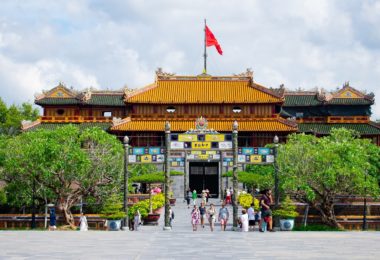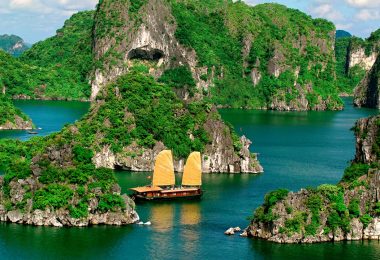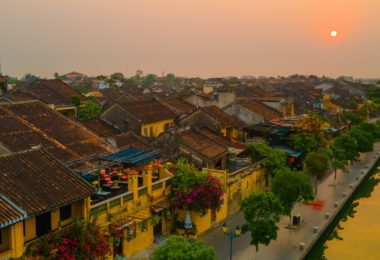Escape 1: Tram Chim National Park – The Birdwatcher’s Paradise
Overview
Tram Chim National Park is South Vietnam’s most significant nature reserve, an area in which the essence of South Vietnam’s Nature comes alive in vivid colors. Located far within the Dong Thap Province, this vast wetland is famous for having a unique ecosystem and incredible biodiversity, especially during bird migration seasons.
- Full name: Tram Chim National Park
- Location: Hamlet 4, Tram Chim Town, Tam Nong District, Dong Thap Province, Vietnam
- Total area: 7,588 hectares
- Classification: Ramsar Site (internationally significant wetland)
- Ecosystem type: Flooded lowland wetlands of the Dong Thap Muoi region
Ecological Value and Biodiversity
Tram Chim is famous as one of the most biodiverse bird habitats in Vietnam, for which it has been given the nickname “The Kingdom of Waterbirds."
The highlights are:
- Over 200 species of waterbirds, including:
- The Sarus Crane (Grus antigone) – Vietnam’s symbol of wetland conservation.
- Asian Openbill, Spoonbill, cormorants, herons, ducks, and many others.
- More than 150 species of freshwater plants, including lotus, sedge, and water lily.
- Approximately 40 species of freshwater fish and 34 species of reptiles and amphibians.
Activities for Visitors
Tram Chim tourists can have an experience in full experience in the wetland environment by:
Birdwatching: It is best to experience from December to May, when the dry season coincides with the migratory birds’ arrival. With the expertise of local rangers, you get to see rare birds, particularly the graceful Sarus Crane, in their natural setting.
Motorized Boat Tours: Take a journey on a vast network of canals, lotus-covered ponds, and Melaleuca forests. These motorized boat tours provide a peaceful ride to the unexplored corners of the reserve.
Old Sampans Rowing: Paddle quietly down the tiny waterways, ideal for taking photos and a more intimate relationship with nature. It is also the best way to take authentic South Vietnamese nature photos.
Photography: The scene here is dramatically varied at different times of day and water levels, offering photographers gold with misty dawn, birds in flight, and lush aquatic plants.
Local Food: Local cuisine made with the local produce and native fish of the region is being served at the park’s eco-restaurant, a great chance to give back to the locals and enjoy a sustainable travel experience.
Best Time to Visit
|
Month
|
Ecological Condition
|
Suggested Experience
|
|
December – May
|
Dry season, bird migration peak
|
Ideal for birdwatching and deep-sea excursions
|
|
August – October
|
Flood season, lush wetland scenery
|
Great for photography, lotus viewing
|
Note: Footpaths are not walkable during the rainy season (June to October) as they flood, but the views are spectacular.
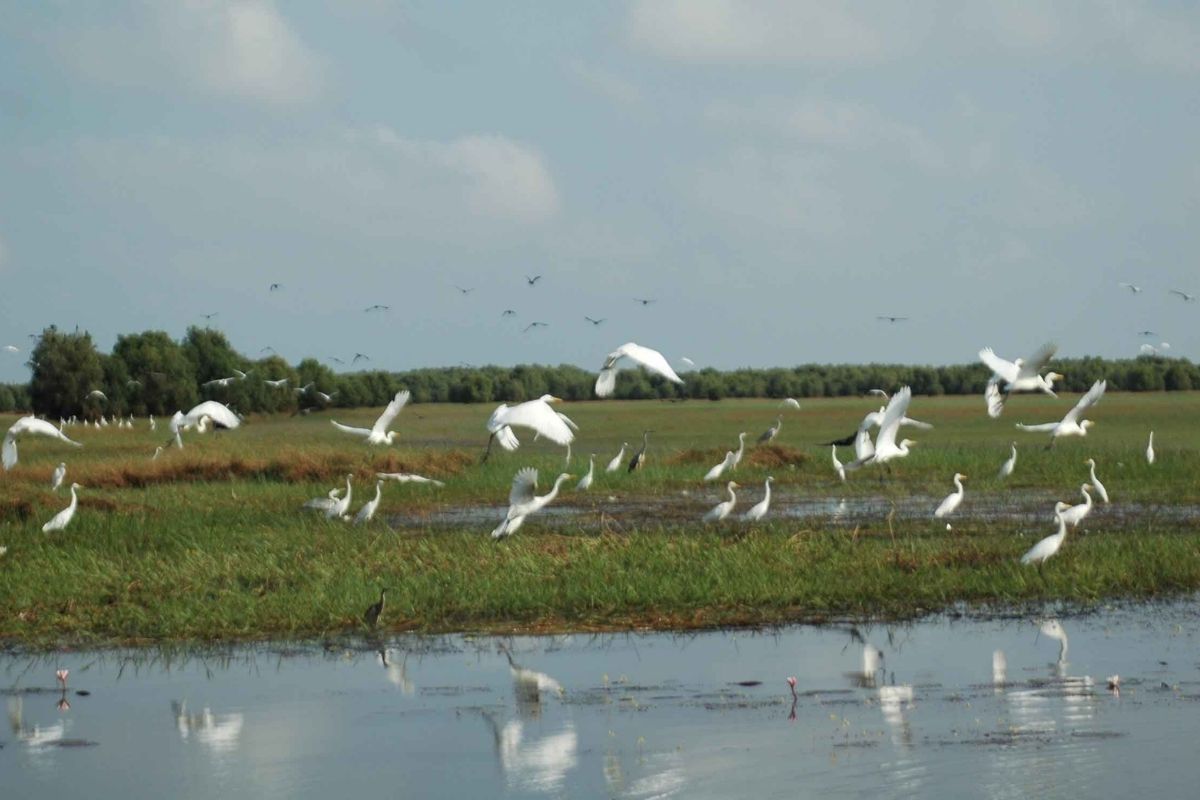
Tram Chim National Park (Source: wikipedia)
Escape 2: Nam Cat Tien National Park – Jungle Trails and Gibbon Calls
Overview
For those requiring a forest sanctuary that humbles the senses and brings awareness of a love for the wilderness, Nam Cat Tien National Park is an upscale South Vietnam Nature destination. This vast tropical rainforest borders three provinces: Dong Nai, Lam Dong, and Binh Phuoc, and represents one of the last rainforests of lowland Vietnam.
- Official Name: Nam Cat Tien National Park
- Location (Main Entrance): Group 1, Hamlet 1, Nam Cat Tien Commune, Tan Phu District, Dong Nai Province, Vietnam
- Distance from Ho Chi Minh City: ~150 km (about 3.5–4 hours by car)
- Area: Over 70,000 hectares
- Ecosystem: Lowland tropical rainforest with seasonal wetlands and ancient forest patches
Nam Cat Tien is wonderful proof of how rich and intact South Vietnam’s Nature can be, which is a nice stop for most southern Vietnam tours.
Wildlife & Biodiversity
Recognized as a significant nature reserve in South Vietnam, the park harbors many rare and endangered species:
- Yellow-cheeked gibbons: Their melodious morning calls echoing above the canopy
- Asian black bears, gaurs, macaques, and civets
- Over 300 birds, from bar-bellied pittas and hornbills
- Home to ancient trees like the Thousand-year-old Tung tree and the Afzelia xylocarpa
Activities for Nature Enthusiasts
Nam Cat Tien is a holiday resort for daring visitors willing to go deep into the heart of South Vietnam. Nature:
Jungle Trekking: 2–10 km treks through high-density forest, where you can observe uncommon trees, listen to the chirps of insects, and spot animals if you are quiet and lucky.
Gibbon Morning Tours: Take an early-morning trip with a local guide to the treetops before the gibbons start their dawn chorus. Their singing is otherworldly, and the experience is one of the most moving wildlife encounters in Vietnam.
Cycling in the Park: Rent a mountain bike and take a ride along red-dirt forest paths, racing over diminutive wooden bridges, bamboo forests looming overhead, and butterfly-dotted clearings.
Wildlife Night Safari: Organized by the park, this open jeep tour enables you to observe nocturnal animals like deer, porcupines, and civets in the spotlight of a guide.
Nature Photography: With towering trees, hanging vines, morning mist, and wildlife in action, it’s a nature photographer’s ultimate dream to take one-of-a-kind South Vietnam nature photos.
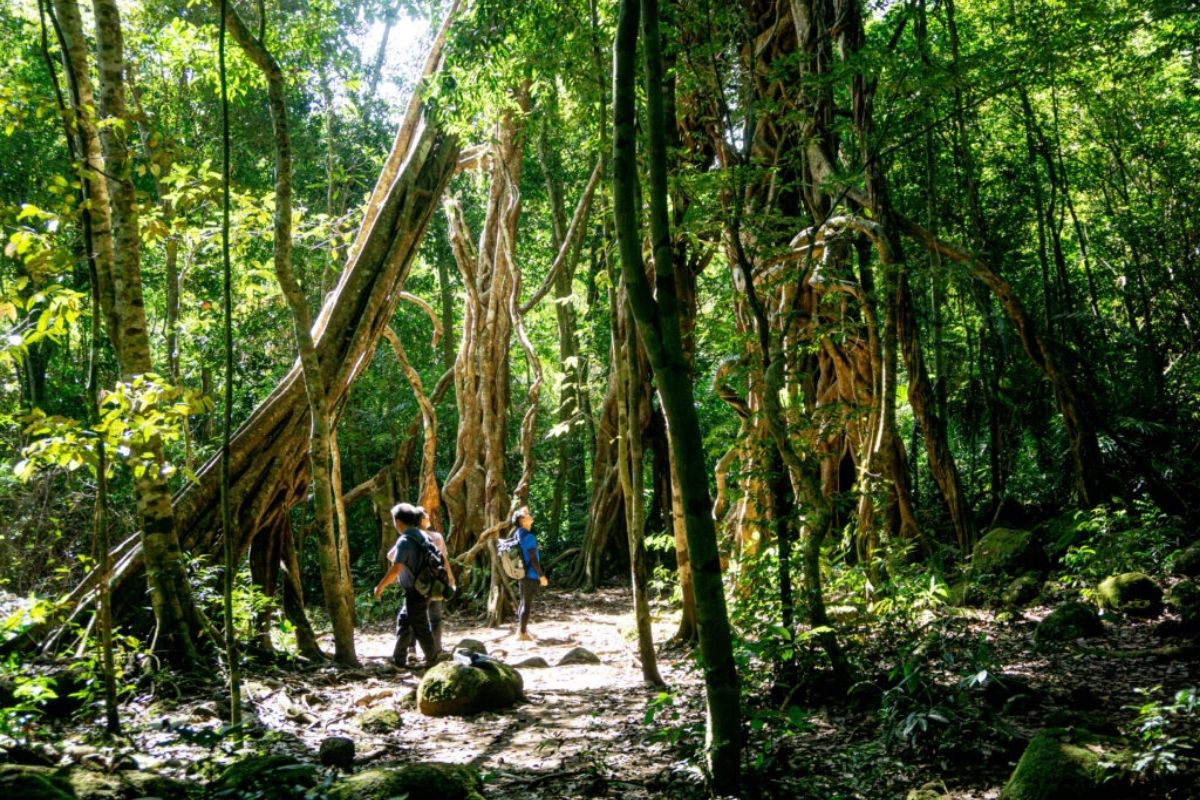
Nam Cat Tien National Park (Source: jackfruitadventure)
Escape 3: U Minh Ha Forest – Into the Depths of Mangrove Wilderness
Overview: A Wild Wetland in the Southern Tip of Vietnam
Here is U Minh Ha Forest, one of South Vietnam’s few remaining great mangrove forests. Located in Ca Mau Province, this forest reserve is part of the immense Lower Mekong Delta — a region characterized by brackish water, wet-season flooding, and mind-boggling biodiversity.
- Full name: U Minh Ha National Park
- Location: Tran Van Thoi District, Ca Mau Province, Vietnam
- Total area: Over 8,500 hectares of core protected zone
- Distance from Ca Mau City: Approximately 25 kilometers southwest
A Sanctuary of Biodiversity in the Mekong Wetlands
Being one of the important nature reserves in South Vietnam, U Minh Ha protects a range of plants and animals adapted to brackish swamp environments:
- Home to freshwater crocodiles, Asian box turtles, and hundreds of native fish species
- Supports more than 250 plant species, including Melaleuca trees and aquatic vines
- Harbors rare birds, amphibians, and even otters, creating a rich biodiversity Mekong Delta environment
What to Do in U Minh Ha: Wild Yet Peaceful Experiences
U Minh Ha is an immersive nature retreat where each activity brings you closer to the wetland rhythm
Paddle a Traditional Sampan Boat: Drift along narrow mangrove channels lined with high-density Melaleuca trees. The only sounds are birdsong and the splashing of fish beneath your craft.
Forest Walking Trails: Walk along raised wooden trails deep within the forest, where sunlight filters through the dense canopy and surprises can be in store — from orchids in bloom to unexpected sightings of wildlife.
Catch-and-Release Fishing: Experience a Vietnamese tradition using wooden fishing rods, catching wild fish carefully, and releasing them. Not only relaxing, but also building respect for aquatic life.
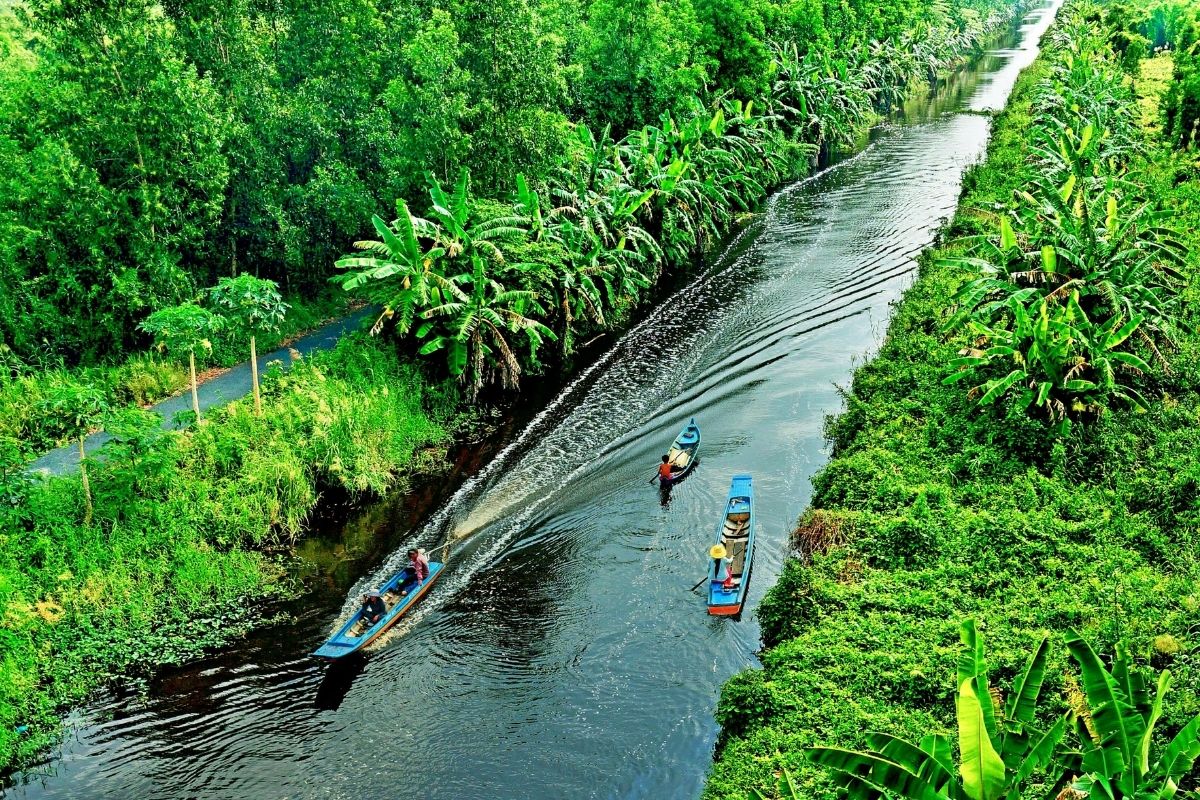
U Minh Ha Forest (Source: camautourism)
Escape 4: Tra Su Cajuput Forest – The Green Cathedral of An Giang
Introduction to a Lush Water Wonderland
One of South Vietnam’s most well-known wetland destinations, An Giang Province’s Tra Su Cajuput Forest is stunningly gorgeous with its vibrant green canopy, emerald-colored water channels, and magical stillness. Described by some as the Green Cathedral, this Protected Forest is one of the gems that attest to the idea of eco-tourism in South Vietnam, as it is all about living in harmony with nature, sustainable travel, and visual splendor at every turn.
- Official Name: Tra Su Cajuput Forest (Rung Tram Tra Su)
- Location: Van Giao Commune, Tinh Bien District, An Giang Province, Vietnam
- Distance from Chau Doc City: ~20 km (~40 minutes by road)
Unique Features That Define Tra Su
It thrives in the high-water season, typically between September and November, when the forest is remodeled into a gigantic emerald labyrinth. Tra Su is one of South Vietnam’s most photogenic wetlands, thanks to
- A dense cajuput tree canopy grows out of peaceful, algae-covered water
- A 10-kilometer-long bamboo bridge, Vietnam’s longest bamboo path, is suspended above the forest floor
- Numerous thousands of waterfowl, storks, and herons are swooping in entrancing patterns
What to Do at Tra Su Forest
Row Through the Emerald Maze: Paddle boat or small sampan, glide silently by drowned cajuput groves. The water is blanketed with duckweed, so that you seem to be rowing across a green mirror.
Walk the Famous Bamboo Bridge: Suspended above treetops and shallow wetlands, this sky-high promenade provides you with panoramic views of the forest canopy and a chance to spot birds from above.
Photography & Birdwatching: Golden sunrise or milky afternoon light creates magical contrast between white birds and green water. The forest is a heaven for photographers to capture south Vietnam nature photography and slow-travel moments.
Relax at the Eco-Rest Stop with Local Flavors: After your discovery, relax with a lotus tea and savor local snacks such as grilled fish and sticky rice wrapped in lotus leaf — a pleasant way to top a peaceful wetland adventure.
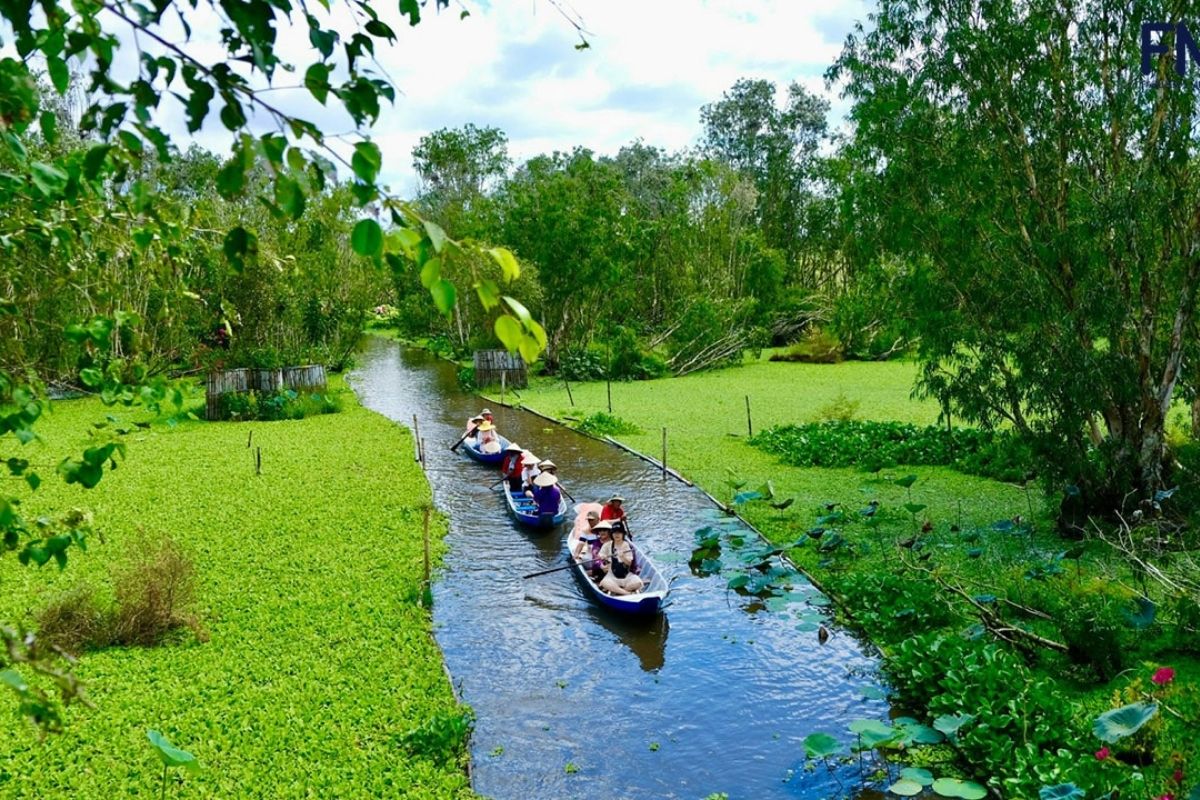
Tra Su Cajuput Forest (Source: fme)
Escape 5: Phu Quoc Island – Paradise of Sea, Sun, and Forest
Welcome to Vietnam’s Island Jewel
One of South Vietnam’s most mythical nature retreats, Phu Quoc Island is a haven where heaven and beach rain forest embrace each other. Located in the Gulf of Thailand and technically part of Kien Giang Province, Phu Quoc is Vietnam’s largest island — and one of its most fascinating.
From coral reefs under the sea to the shaded forest paths of Phu Quoc National Park, this place contains within one golden brush all of what South Vietnam Nature has to share.
- Coordinates: 10.2270° N, 103.9638° E
- Access: Direct flights from Ho Chi Minh City, Hanoi, Can Tho, and international routes
- Area: Over 580 km², with over half covered by protected forest
The Nature Experience: From Coral to Canopy
Phu Quoc is not just a beach — it’s an island experience for each sense:
Snorkeling in the Southern Islets: Take a full-day boat trip to explore Hon Thom, Gam Ghi, and Mong Tay islands. These coral reefs keep alive the vibrant sea creatures, perfect for those who crave action-filled South Vietnam nature tours.
Trekking through Phu Quoc National Park: The park encompasses more than 31,000 hectares of evergreen forest and mountain trails. The trekking paths reach hidden viewpoints and waterfalls, like Suoi Tranh — a serene cascade encircled by shaded jungle, ideal for a picnic and a swim.
Night Safari at Vinpearl: A night tram tour guided tour puts you face-to-face with deer, tigers, and civets in a designed ecosystem. It’s among the most advanced nature reserve-related wildlife experiences South Vietnam has developed sustainably.
Camping and Forest Exploration: Forest-edge camping at Khu rung nguyen sinh or eco-resorts along the edges of the park — ideal for cicada noises at dusk and the smell of damp leaves at dawn.
Cultural and Local Touches
When surrounded by South Vietnam’s Nature, don’t forget the island’s human tales:
- Stop by a classic pepper plantation, where black pepper vines cascade down the hills
- Stop by a fish sauce factory, Phu Quoc’s classic kitchen export
- Stop by the lively Duong Dong Night Market for grilled seafood and tropical fruit
And of course, enjoy a serene morning stroll along Sao Beach or Long Beach, where blue water reflects the blue sky, perfect for capturing your finest South Vietnam nature photographs.
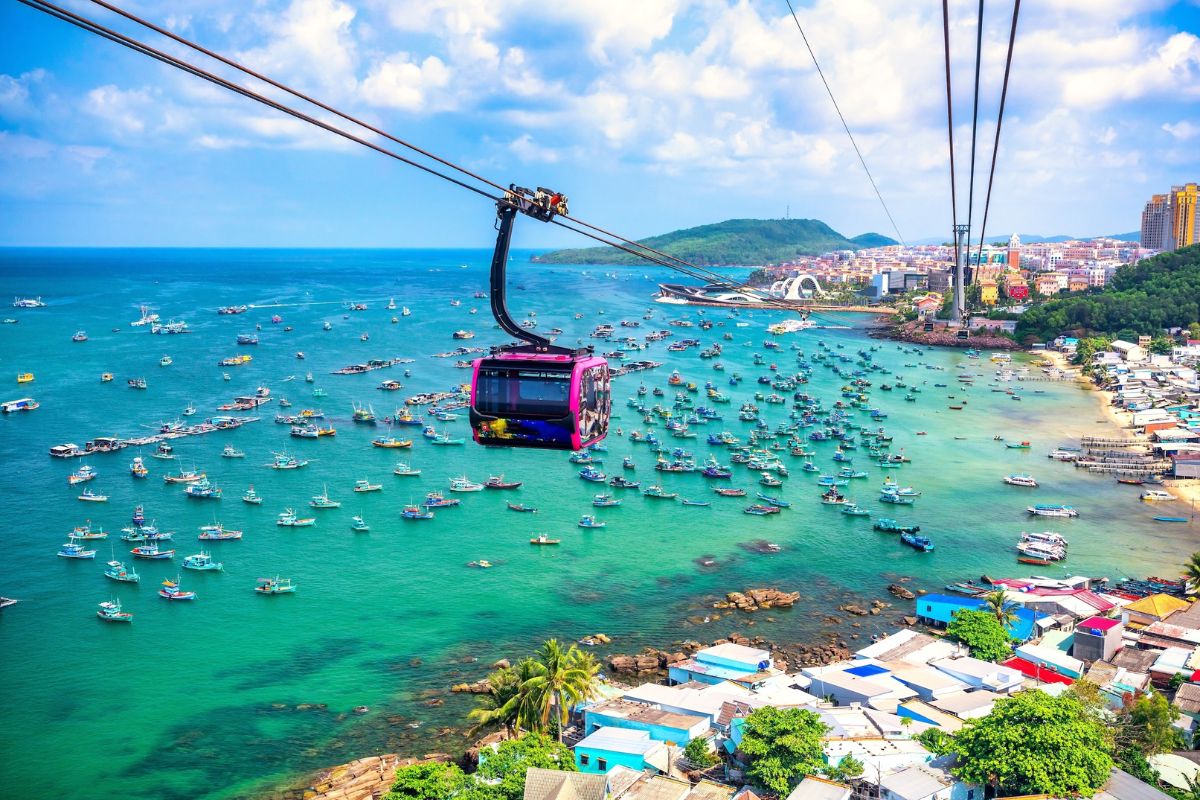
Phu Quoc Island (Sours: timeout)
Escape 6: Con Dao Islands – Sacred History and Natural Sanctuaries
Where Nature and History Intertwine
If you’re searching for a location where dark history and wild beauty are paired together, make your way to the Con Dao Islands — an amazing pearl of South Vietnam’s Nature. About 185 kilometers off the coast of Vung Tau, the archipelago is almost as famous for its wartime history as it is for its breathtaking coastlines and sea wildlife.
- Location: Con Dao District, Ba Ria -Vung Tau Province
- Access: Daily regular flights from Can Tho or Ho Chi Minh City; speedboat from Vung Tau (3–4 hours)
Best Time to Visit: March to September, especially the turtle breeding season
Explore an Untamed Island Paradise
Once known as “Hell on Earth" for its prison complex, Con Dao has transformed into one of the most important and beautiful natural escapes South Vietnam has to offer.
Con Dao National Park is both a terrestrial and marine protected area, preserving tropical forest and coral reefs that are rich in life. Trekking here means taking jungle trails beneath the canopy of Dipterocarp trees to secluded beaches and sea views. Along the way, look for macaques, hornbills, or threatened orchids in bloom.
Dam Trau Beach and An Hai Bay invite you to relax on pristine sands without the crowds. These untouched beaches are ideal for a dip, kayaking, or capturing stunning South Vietnam nature shots at golden hour.
But among the most moving highlights is witnessing sea turtles nest and hatch. From June to September, rangers on Bay Canh Island run guided eco-tours in which you can watch turtles laying eggs or hatchling babies scurrying to the ocean — a life-giving moment that few travelers forget.
Responsible Travel in a Historic Setting
Con Dao is not merely scenery — it’s a destination with personality. The French-era prison ruins, still intact, tell volumes of the history of Vietnam, and South Vietnam’s current ecotourism initiatives ensure nature in the present thrives in peace.
By visiting Con Dao through our customized southern Vietnam tours, travelers directly help nature reserves that South Vietnam is working to preserve. While trekking in silence, watching turtles under the full moon’s light, or bathing in coral-filled waters, your visit works to preserve.
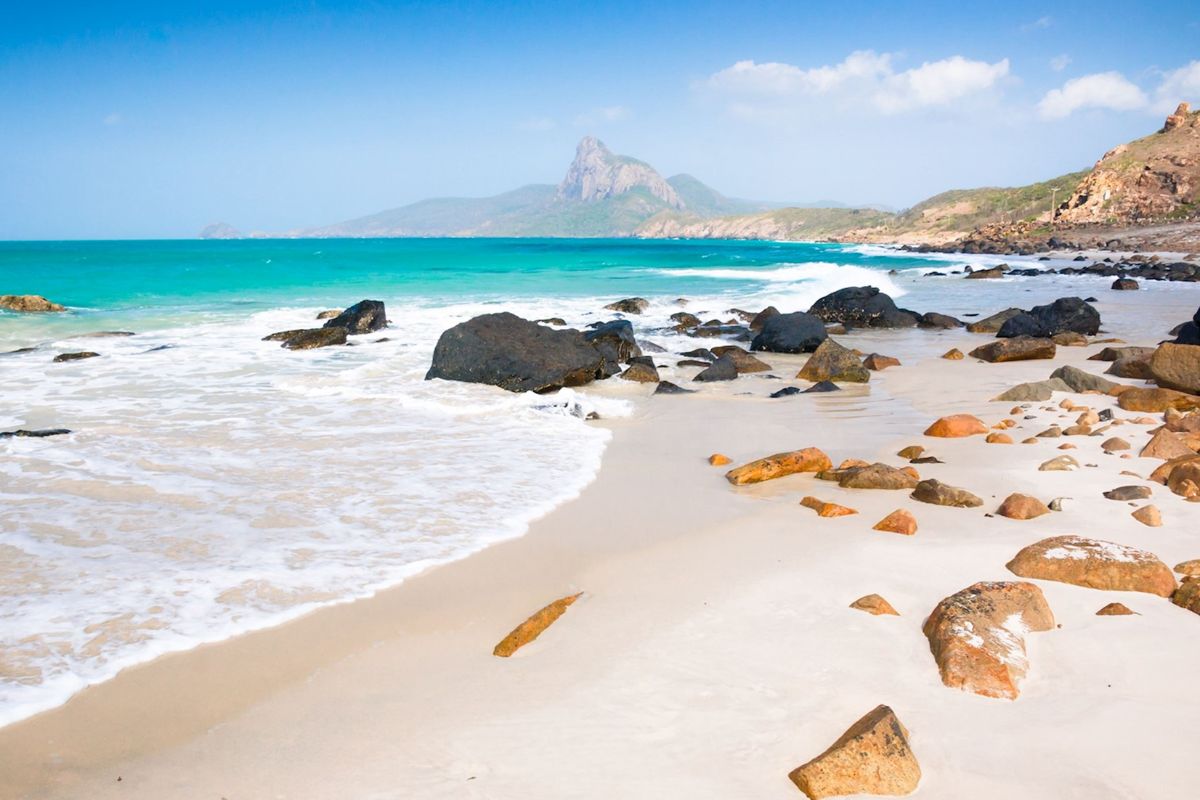
Con Dao Islands (Source: audleytravel)
Escape 7: Ta Dung Lake – The Inland “Ha Long Bay” of the Central Highlands
Welcome to a Hidden Gem in Dak Nong
Hidden in the green highlands of Dak Nong Province, Ta Dung Lake is a breathtaking spot that’s a secret waiting to be shared. Dubbed the “Inland Ha Long Bay", the large reservoir contains hundreds of small green islands rising out of sapphire water, landscapes that have become a dream for photographers, adventurers, and anyone looking for unseen Vietnamese nature.
- Location: Dak Plao Commune, Dak Giong District, Dak Nong Province
- Distance from Ho Chi Minh City: Approx. 6 hours by car
- Elevation: Around 1,000 meters above sea level — perfect for cool, refreshing air year-round
What Makes Ta Dung So Special?
This beautiful lake is part of Ta Dung Nature Reserve, a lesser-known treasure of the South Vietnam Nature tour. It has over 40 square kilometers of water surface and nearly 40 islets, offering a rare combination of highland scenery and aquatic peacefulness.
A contrast to coastal nature reserves in South Vietnam, Ta Dung presents an alpine twist — forested slopes, misty mornings, and an absence of mass tourism. It’s ideal for eco travel in Vietnam and slow, reflective exploration.
Top Nature Experiences at Ta Dung
SUP Boarding & Lake Photography: Stand-up paddleboarding (SUP) across the glassy lake at dawn gives a surreal view of the floating islets. The calm water and dramatic scenery make it one of the top spots for South Vietnam nature photography.
Camping & Sunrise Viewing: Overnight on nearby hillsides or eco-lodges, and rise early to witness one of Vietnam’s most mystical sunrises — when golden light spills across the lake and low clouds tumble between the peaks.
Cycling Around the Lake: The lake’s roads offer excellent terrain for both casual cyclists and avid bikers. Every bend in the road opens up a new vista — untouched, raw, and deeply peaceful.
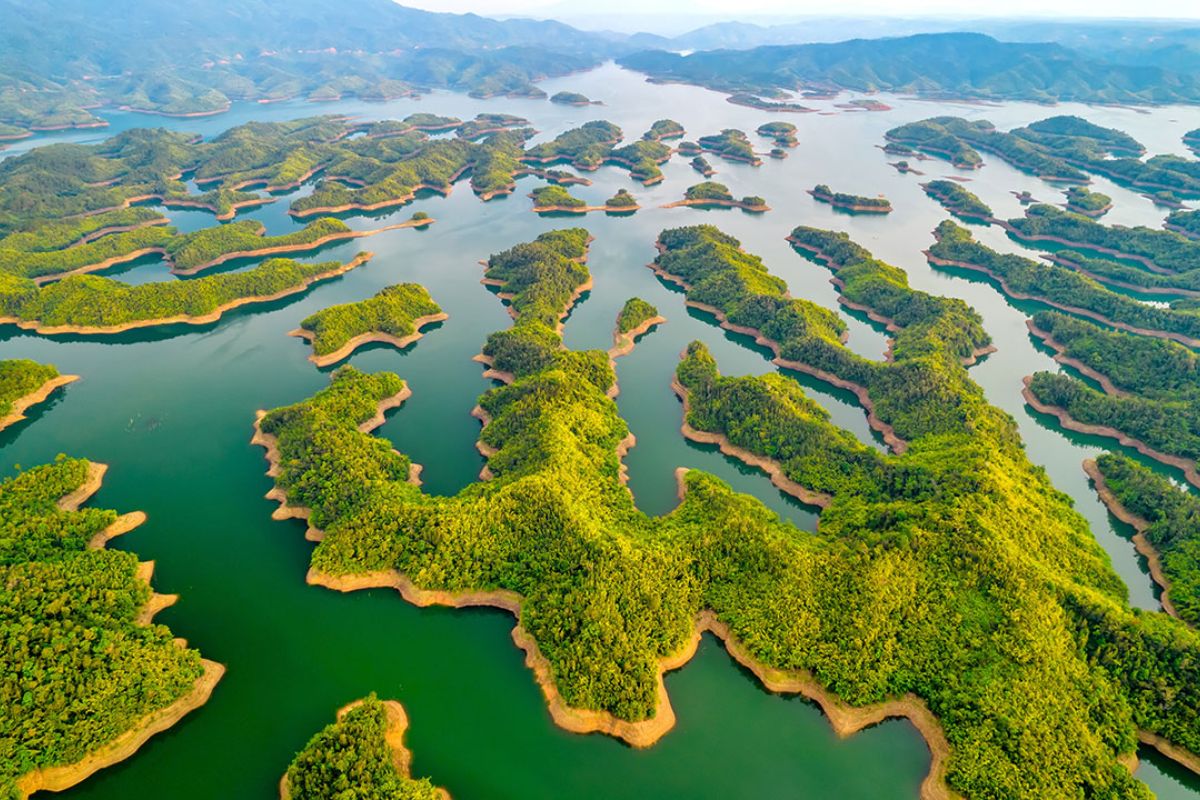
Ta Dung Lake (Source: gtrip)
Conclusion
South Vietnam Nature has more to offer than scenery—it’s a true paradise for body and soul. From lush rainforests to soothing wetlands and wild island coastlines, these South Vietnam nature parks promise unforgettable experiences. Regardless of your passion for photography, trekking, or relaxed eco tourism, there’s an adventure waiting for you.






